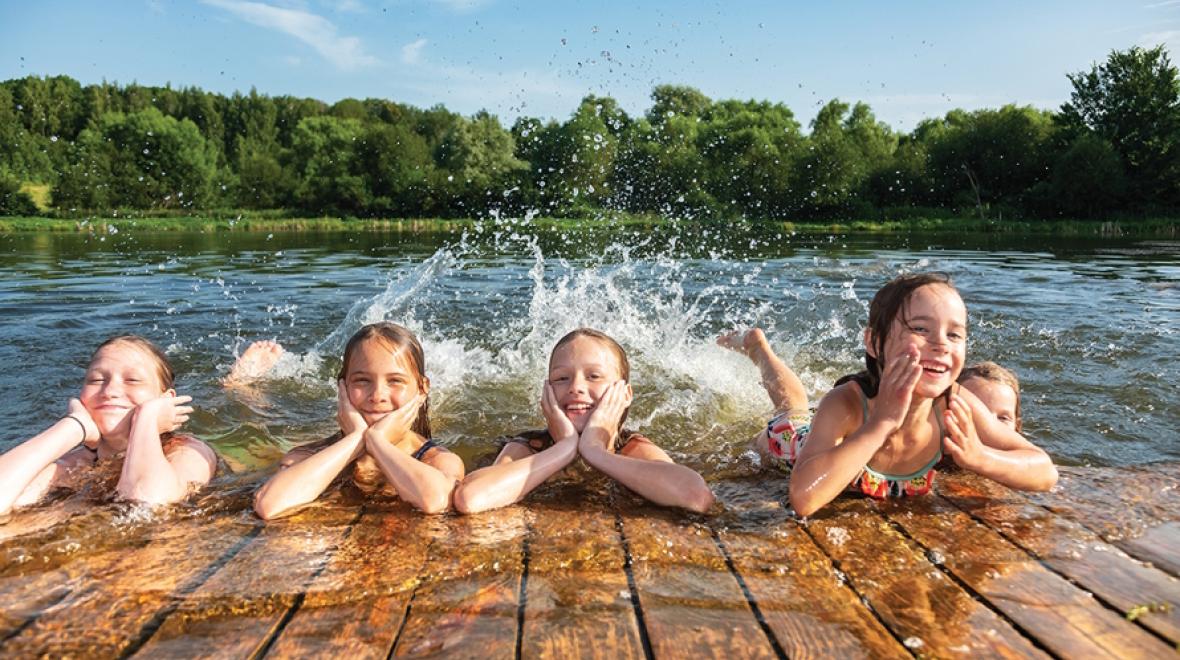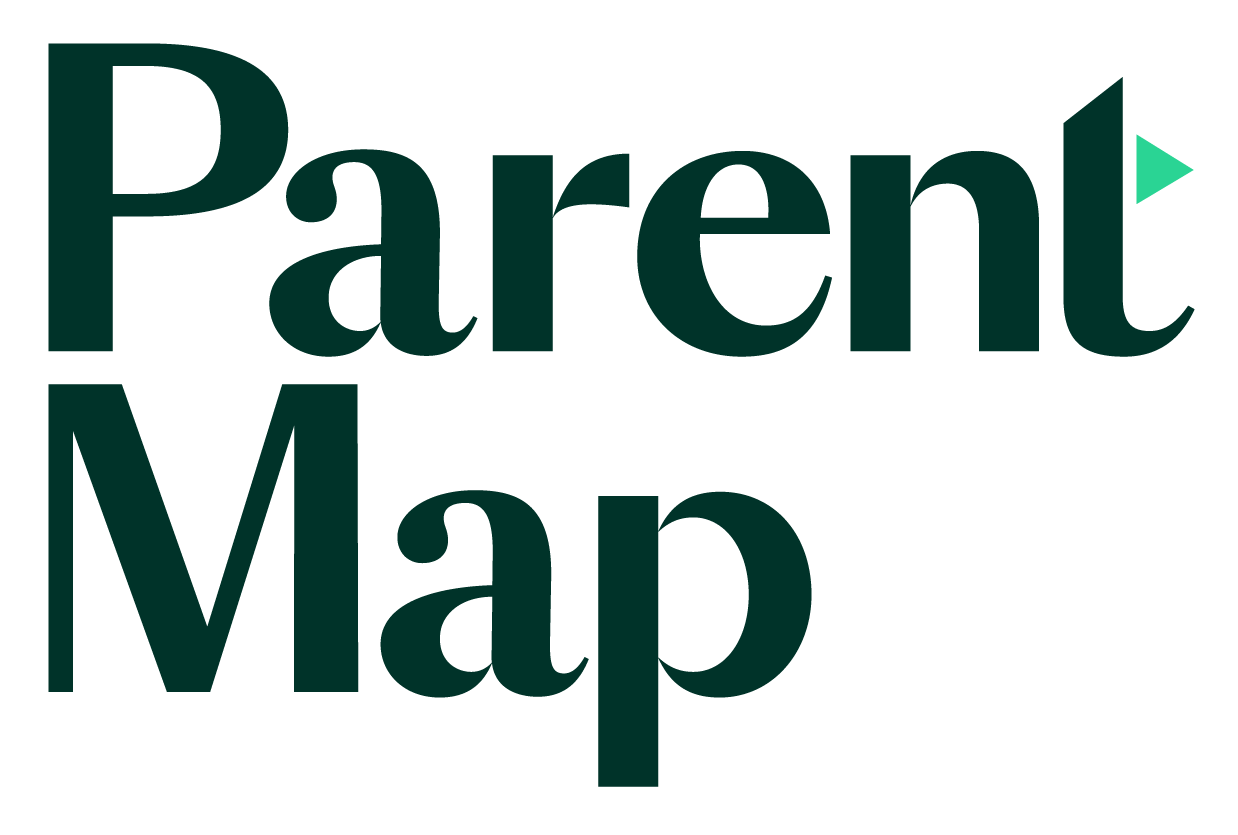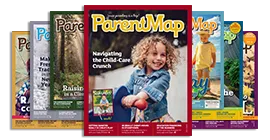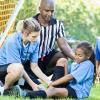
Lake Washington, Puget Sound, Lake Sammamish, Green Lake, Commencement Bay, your local pool: Our cities and neighborhoods are literally surrounded by a multitude of sparkling bodies of water — beautiful to look at, but even more fun to play in. Luckily, there are many local summer camps that make the most of our aquatic landscape, turning the great outdoors into a setting for learning about marine life, boosting water skills and cultivating new ways to stay active in an increasingly sedentary world.
Very young children are drawn to water, and most enjoy splashing in pools and wading into the surf. (Note that early swimming lessons greatly reduce the risk of drowning in young children). When kids are a bit older and have mastered basic water competency, they may be ready for more advanced aquatic activities. Whether it’s shoving off in a sloop or paddling a kayak through a wildlife-rich wetland, water sports combine exercise, strategy, learning and fun.
We’ve scoured our region’s youth summer camp scene to find top-notch opportunities for frolicking in the sea, surf, sand and swimming pool.
Moss Bay (Seattle)
This weeklong day camp is great for kids who want to try stand-up paddleboarding, sailing and kayaking all in one camp. Located in the protected waterways of South Lake Union and with a 6-to-1 camper-to-instructor ratio, the camp gives kids the opportunity to learn and have fun while staying safe on the water.
Dates: Weekly, starting June 10, 17 and 24; July 1, 8, 15, 22 and 29; Aug. 5, 12, 19 and 26
Ages: 7–12
Cost: $525
Seattle Yacht Club (Seattle)
These weeklong day camps on Portage Bay teach kids of all skill levels how to sail safely on boats of different sizes. Campers must pass a basic float test (with life jacket on) and are led by U.S. Sailing Level 1 instructors. A special Learn to Race camp is scheduled for July 22–26 for experienced campers who have taken at least one SYC class and are able to pass a basic float test.
Dates: Weekly, starting June 17 and 24; July 8, 15 and 29; Aug. 5, 12, 19 and 26
Ages: 7–17
Cost: $550
Alki Adventure Camps (Seattle)
In this full-day, weeklong camp, kids explore the waters of Puget Sound, Elliott Bay and Lake Washington from a stand-up paddleboard (SUP). Campers are supervised by SUP guides, and kids get to go on off-site adventures as well. All gear is provided.
Dates: Weekly, starting June 10, 17 and 24; July 1, 8, 15, 22 and 29; Aug. 5, 12, 19 and 26
Ages: 9–16
Cost: $385–$410
Center for Wooden Boats (Seattle)
Three levels of camp are available this summer, from an intro to sailing to an intro to racing. Students will develop tacking, jibing, sail trim, weight balance and capsize recovery skills while learning terminology and theory. Some camps have prerequisites. Special Quick & Daring camps will be offered to kids ages 10–14, at which teams of campers design, build and race boats on Lake Union’s shallow waters.
Dates: Various
Ages: 8–11
Cost: Up to $650 (discount for members)
SAMBICA H2O Camps (Seattle)
Campers at SAMBICA swim every single day with tubes, banana boats and cool water toys. Other activities include kayaking, canoeing, stand-up paddleboarding, wakeboarding and waterskiing. Kids have to pass a swim test to access the deep end of the pool or to be allowed to swim without a life jacket.
Dates: Aug. 12–16 and 19–23
Grades: 2–9
Cost: $889–$957
Camp Fire Kiwanis Camp (Vashon Island)
During this water-themed week, campers go from boating on Puget Sound to living in the woods in a historic Kiwanis lodge. After spending the day on the water, kids can while away the evening observing bioluminescent algae; campers also receive a daylong sailing lesson.
Dates: Weekly, starting July 8, 22 and 29; Aug. 12
Grades: 7–10
Cost: $1,225–$1,425
Camp Fire Splash! (Vashon Island)
Campers at Splash! spend hours each day swimming, boating, fishing and building sandcastles along Camp Sealth’s waterfront. They also take a field trip one day to swim in Vashon Pool.
Dates: Aug. 19–24
Grades: 4–6
Cost: $1,035–$1,235
Water safety resources
Swimming and play in the water is tons of fun, but always remember that safety must come first. Head to the American Red Cross website to find a local provider for Red Cross standard swimming lessons and read about water safety tips.
The National Safety Council is another great resource. It provides special water safety tips for different age groups.
Safety first
Can your child tread water or float on their back for one full minute? How about exiting the pool without using the ladder? These are two of the five basic “water competency” skills defined by the American Red Cross, and these skills (or variations on them) are an admission requirement for some water-themed camps. (The other three critical skills are the ability to jump into water over your head and return to the surface, turn around in a full circle and find an exit and swim 25 yards without stopping.)
Need to fast-track obtaining these skills before summer? Sign your kids up for swim lessons! Try a swim center with a long track record and strong reputation, like Samena Swim & Recreation Club in Bellevue, which offers group and one-on-one lessons taught according to the American Red Cross standard. City of Seattle public pools offer lessons at many locations, but plan ahead and act fast as spots fill up quickly!
Editor’s note: This article was first published several years ago, and updated for 2024. Lauren Braden contributed to this article.











